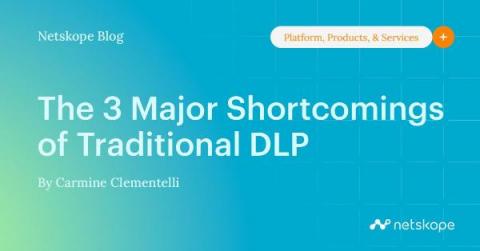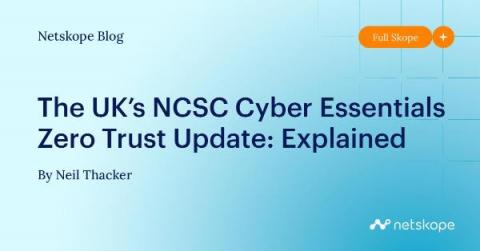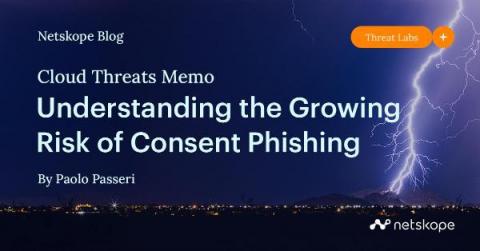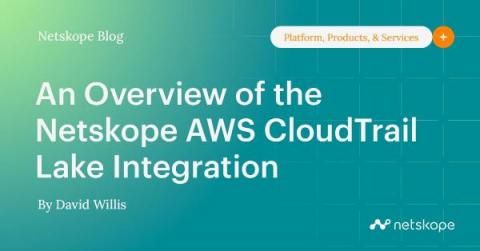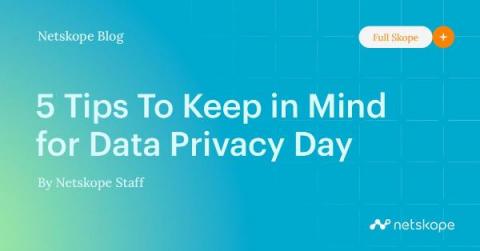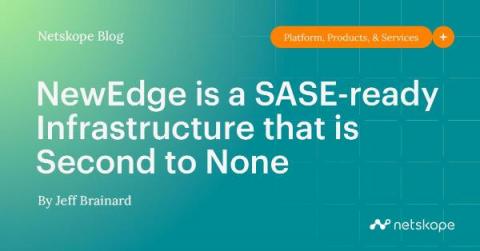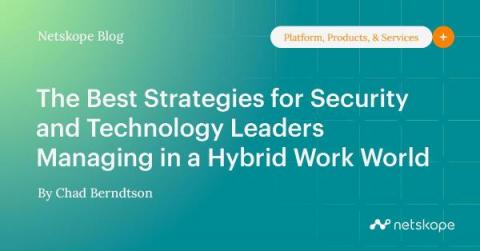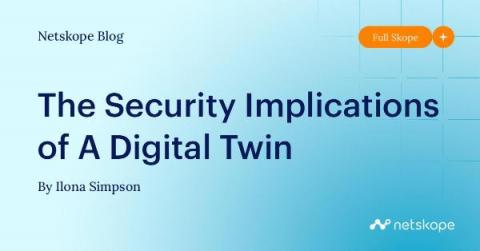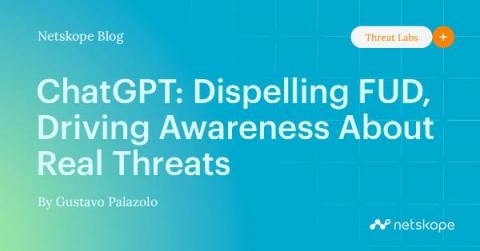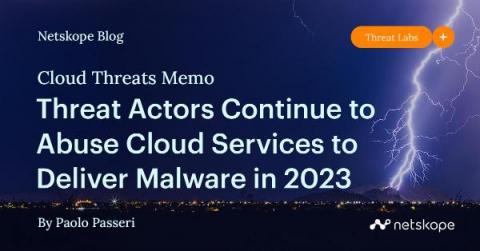The 3 Major Shortcomings of Traditional DLP
As digital transformation continues to blossom and cloud adoption increases, we continue to see challenges crop up when it comes to traditional DLP solutions. Setting aside the architectural and operational complexity and high cost that comes with traditional DLP, practitioners recognize that existing tools aren’t able to keep up.


